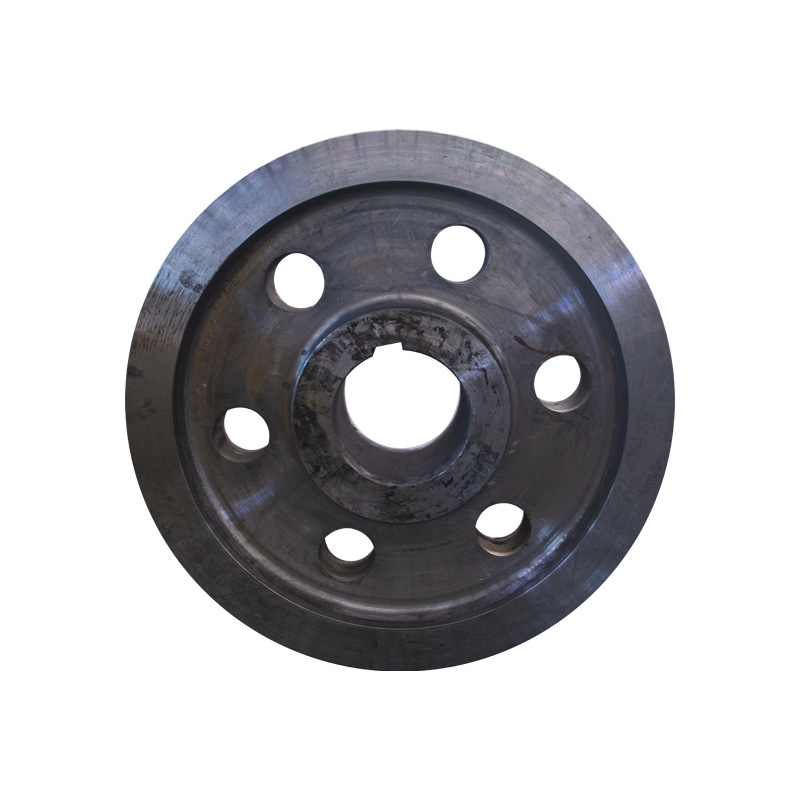Common types of shaft forgings
2024-03-07
Shaft type forgings typically refer to components used in machinery, equipment, or industrial applications that involve shafts. Forgings are metal components shaped by applying force through various manufacturing processes, such as hammering or pressing. The choice of shaft type forgings depends on the specific requirements of the application, including factors like load-bearing capacity, material strength, and resistance to wear and corrosion. Here are some common types of shaft forgings:
1. Open Die Forgings:
- These are formed by hammering or pressing a metal workpiece between flat or shaped dies, allowing the material to flow and take the shape of the dies.
- Open die forging is often used for large or irregularly shaped shafts.
2. Closed Die Forgings:
- Also known as impression die forging, this process involves shaping metal within dies that contain a precut profile of the desired part.
- Closed die forging is suitable for producing more complex shapes with high precision.
3. Upset Forgings:
- This process involves increasing the cross-sectional area of a workpiece by compressing it axially.
- Upset forging is commonly used for the ends of shafts to enhance their strength and durability.
4. Swaging:
- Swaging involves reducing the diameter of a shaft by forcing it through a die or a series of dies.
- This process can be used to create tapered shafts or to achieve specific diameter reductions along the length of the shaft.
5. Roll Forging:
- In roll forging, a round bar is passed through a pair of rotating rolls to achieve the desired shape.
- This process is suitable for producing long and uniform cylindrical shafts.
6. Machined Forgings:
- After the forging process, shaft forgings may undergo additional machining operations to achieve precise dimensions, tolerances, and surface finishes.
7. Material Choices:
- The choice of material for shaft forgings depends on the specific application requirements. Common materials include carbon steel, alloy steel, stainless steel, and other specialty alloys.
When selecting a shaft type forging method, considerations such as cost, production volume, and required mechanical properties should be taken into account. The goal is to produce shafts that meet the performance and reliability standards of the intended application.



